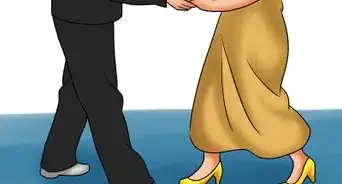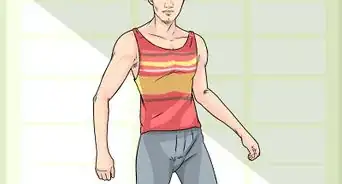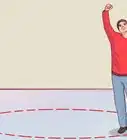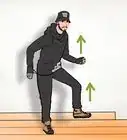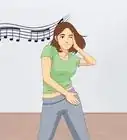This article was co-authored by wikiHow Staff. Our trained team of editors and researchers validate articles for accuracy and comprehensiveness. wikiHow's Content Management Team carefully monitors the work from our editorial staff to ensure that each article is backed by trusted research and meets our high quality standards.
There are 10 references cited in this article, which can be found at the bottom of the page.
wikiHow marks an article as reader-approved once it receives enough positive feedback. In this case, 82% of readers who voted found the article helpful, earning it our reader-approved status.
This article has been viewed 242,565 times.
Learn more...
Headbanging is a dancing technique closely associated with aggressive genres of music like heavy metal, hardcore, and punk rock. It's a good a way to get into the music, but done incorrectly it can leave you with the worst headache of your life. If you want to slam to some heavy riffs without battering your brain, warm up prior to the show and start off slowly. Keep a little bend in your knees and move the rest of your upper body along with your head and neck. Change up your technique periodically to match the tempo of the song, and get your impressive mane in on the action by thrashing in circles as well as back and forth. Brutal!
Steps
Nailing the Basic Moves
-
1Assume a comfortable, stable stance. Set your feet a little wider than shoulder-width apart, with one slightly in front of the other. Moshing along with an unruly crowd can send your body reeling. By staggering your stance, you'll be ready for unexpected changes in direction.
- For maximum composure, stay poised on the balls of your feet.
-
2Keep a slight bend in your knees. The lower your center of gravity, the more sturdy your base. Not only will this help you keep your balance, it will also absorb some of the force created by flinging your head, neck, and shoulders around like an electrified wildebeest that's had too much caffeine.
- A solid foundation will also keep you from getting run over in an out-of-control pit. Stand your ground!
Advertisement -
3Start with a slow, rhythmic nod. As the band launches into their first number, raise and lower your chin a few inches to follow along with the beat. Try to let the tempo of the music guide you as much as possible, unless it's a real ripper—you don't want to go too hard too soon.
- This is the “warm up” phase of the show. The real headbanging will begin a few songs into the set once everybody cuts loose.
- The head nod is a good move to go back to if you start to get tired or dizzy.
-
4Slam hard to the heavy riffs. During the song's main guitar line or chorus, start swinging your head in longer and more exaggerated motions. Lean all the way down to about waist height before coming back up. This is a more slowed-down style of headbanging that emphasizes the heaviness of the music.[1]
- It may help to headbang along to the bass line if the drum beat is too fast to keep up with.
- Watch out for the person in front of you to avoid knockin' noggins while you're getting radical.
-
5Speed up to match the tempo of a breakdown. When the band turns up the aggression level, or unleashes a particularly savage solo, bend over at the waist and rapidly shake your head up and down. This technique is sometimes referred to as the “whiplash.” The key here is to use small movements so you can go faster—you only want to lift your head a few inches at a time.[2]
- Headbanging at this velocity can quickly leave you exhausted and disoriented, so be sure to take a few moments to rest between songs.
- High-speed headbanging is most often performed at death metal, thrash, crust, and hardcore punk shows. It may look out of place at a doom, sludge, or industrial set.
Mixing up Your Style
-
1Sway your head side to side. When you get tired of moving your head back and forth, change up the direction. Rock your head one way then the other like you're trying to touch your ear to your shoulder. This can be a tough one to do fast, so it may be best to save it for slower, heavier interludes.[3]
- To avoid putting your neck in an unsafe position, make sure you swing your head down a little rather than straight across.
- Be careful not to jerk your head too hard in either direction. This is a good way to pull something.
-
2Try the windmill for added flair. If you have a head full of flowing locks (is there anything more metal?), wait for the next big breakdown to whip it in a wide circle and let it fly. Your head will resemble a tangle of swirling serpents let loose from the underworld to wreak havoc and tickle the faces and necks of the unfortunate fans in your immediate vicinity.[4]
- Finish off your windmill with a quick head shake to reorient yourself before returning to a normal back-and-forth motion.
- Windmilling should be used somewhat sparingly to break up regular headbanging. Pulling it out too often can make you look more like a go-go dancer than a grindcore devotee.
-
3Add some movement. Standing in one place throughout the entire show is no fun. Try pacing back and forth, stomping in circles, or jumping up and down to the beat so the rest of your body can go as crazy as your head. If you're feeling spunky, hop into the mosh pit in front of the stage and let the dark power of metal flow through you.[5]
- Coordinate your headbanging carefully with your other movements. Otherwise, you may just look like you're throwing a temper tantrum or trying to get away from an angry bee.
- Watch out for flying fists, elbows, and other body parts in the pit. Things can get pretty hairy in there!
-
4Throw up the metal horns. Stick your index and little fingers straight out and tuck your middle and ring fingers under your thumb. Then, shoot your hand up in the air tall and proud for everyone to see. This will give you something to do with your arms other than just pushing sweaty metalheads out of your personal space.[6]
- Horns are often used to celebrate after a face-melting solo or signal appreciation to the band between songs.
Avoiding Injury
-
1Stretch your neck before the show. Tilt your head back and forth slowly, then lean it from side to side, holding each position for a few seconds. This will help loosen up the muscles in your neck and reduce the likelihood of a strain. Remember, the first rule of being metal is being safe![7]
- A simple, effective neck stretch that you can perform anywhere is to lower your chin to your chest and use both hands to pull down lightly on the back of your head. Hold the stretch 10-20 seconds, then release.[8]
- If you don't limber up properly, you could find yourself in a world of hurt the following morning.
-
2Headbang with your whole body. At the top of the movement, stand up tall, straighten your legs, and throw your head back to look up at the ceiling. When you come down, bend your knees, drop your shoulders, and brace the muscles of your core. This way, you'll keep everything moving together in one smooth, effortless dance of destruction.
- Relying too much on your neck and head makes you more likely to accidentally hurt yourself, or at least leave with a splitting headache.[9]
-
3Swing your head to one side rather than straight down. Imagine that you're drawing a “J” at the bottom of each headbang. Most strains, pulls, cricks, jars, rattles, and other ouchies occur when metalheads reverse direction too quickly. By moving in an arc, you make the whole motion more fluid so your brain doesn't go ricocheting around inside your skull (as metal as that may sound).
- Pick a direction for the “upswing” and keep it consistent—think of it as doing a very subtle windmill.
- Switch up your technique every now and then to avoid putting undue stress on the same parts of your neck.
-
4Headbang in short bursts. Going all-out from the opener to the encore will cause you to run out of steam in a hurry (and probably leave you with a wicked migraine). Pace yourself by rocking out for a couple of minutes, then pausing to give yourself a break. Or, just wait for your favorite parts to go wild. That way, you'll have plenty of energy left for the rest of the set.[10]
- If you feel the need to keep whipping away, relax your movements during the slower parts of the song, then speed back up when you're ready to annihilate.
-
5Take your time moving around when the show is over. After all that thrashing, you may notice the room spinning. Have a seat or stay put and talk to your friends for a few moments until you feel steady enough to walk. That way, you can avoid any embarrassing stumbling or staggering on your way out of the venue.
- Between the volume of the music and the constant head movement, it may be hard to keep your balance for the first few moments after you stop headbanging.
-
6Use simple stretches and exercises to ease soreness the day after the show. Do a little light rehab by stretching your neck and upper shoulders thoroughly for 10-15 minutes. You could also try using a small foam roller or tennis ball to relieve tension in hard-to-reach areas, like the spot between your shoulder blades. As you get used to headbanging, you should notice the pain and soreness becoming less bothersome.[11]
- Be prepared to feel a little stiff for a few days if you're new to headbanging. There's really no way to avoid it, since your body isn't used to having so much stress placed on these muscles.
- A warm bath is also a good way to loosen up after a night of raging in the pit.
Community Q&A
-
QuestionHow do I jump while headbanging?
 Community AnswerJump up and simultaneously drop your head down to waist height, then move back into a standing position when your feet hit the ground.
Community AnswerJump up and simultaneously drop your head down to waist height, then move back into a standing position when your feet hit the ground. -
QuestionHow does one headbang while playing an instrument?
 IncredibleGuinevereCommunity AnswerJust nod your head forward and back. You can't headbang if you are playing a wind instrument, though.
IncredibleGuinevereCommunity AnswerJust nod your head forward and back. You can't headbang if you are playing a wind instrument, though. -
QuestionHow do I know if I am headbanging correctly?
 Community AnswerTry watching several videos online, and record a video of yourself head-banging, to see if that is the same. You could also ask some friends or peers.
Community AnswerTry watching several videos online, and record a video of yourself head-banging, to see if that is the same. You could also ask some friends or peers.
Warnings
- Don't drink and headbang. This is a disaster just waiting to happen.⧼thumbs_response⧽
- Headbanging may be all in good fun, but it's not without its risks. Slamming too hard, too fast, or for too long may increase your chances of injuries like whiplash, concussions, or even minor brain damage.[12]⧼thumbs_response⧽
References
- ↑ https://www.youtube.com/watch?v=dnUhvjuaZqc&feature=youtu.be&t=36
- ↑ https://www.youtube.com/watch?v=dnUhvjuaZqc&feature=youtu.be&t=60
- ↑ https://www.youtube.com/watch?v=dnUhvjuaZqc&feature=youtu.be&t=70
- ↑ https://www.youtube.com/watch?v=Z_AK0ZmZWAw&feature=youtu.be&t=58
- ↑ https://news.nationalgeographic.com/news/2013/2/130219-heavy-metal-physics-particle-mosh-pit-science-music/
- ↑ http://jacksonville.com/entertainment/music/2011-02-18/story/hand-horns-story-behind-popular-rock-concert-gesture
- ↑ https://consequenceofsound.net/aux-out/is-headbanging-dangerous/
- ↑ https://www.self.com/gallery/stretches-relieve-sore-neck-sitting-all-day
- ↑ http://www.bbc.com/news/health-28144928

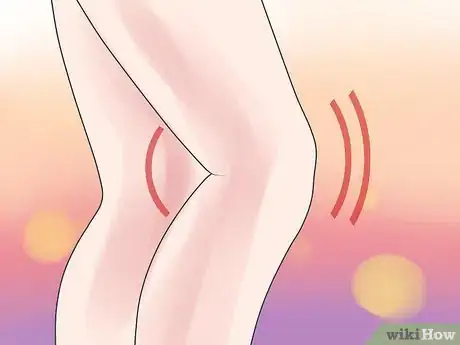
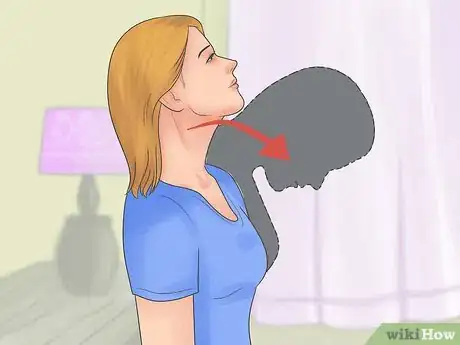
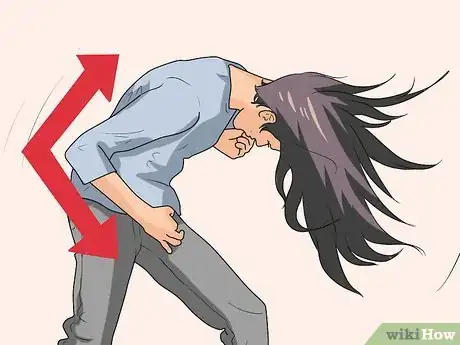
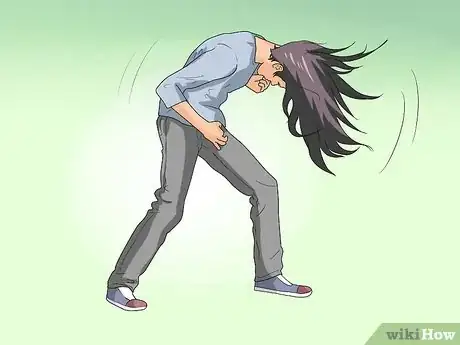
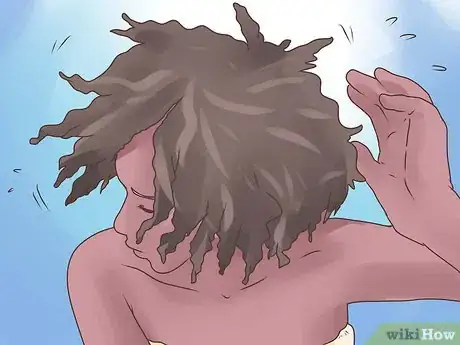

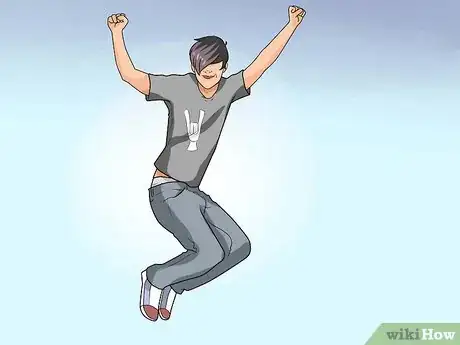

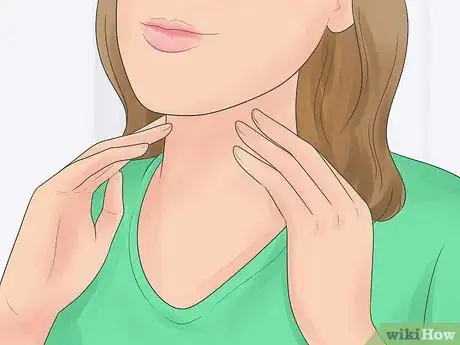
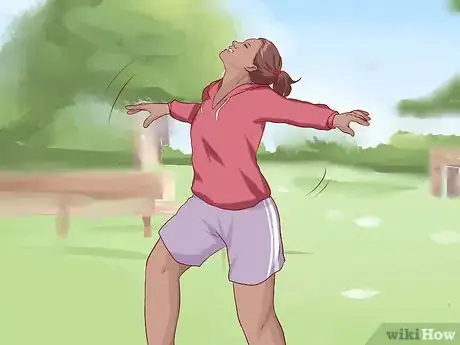
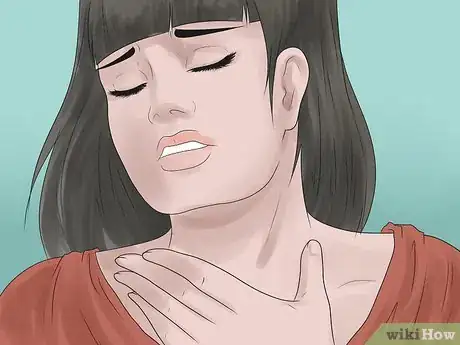
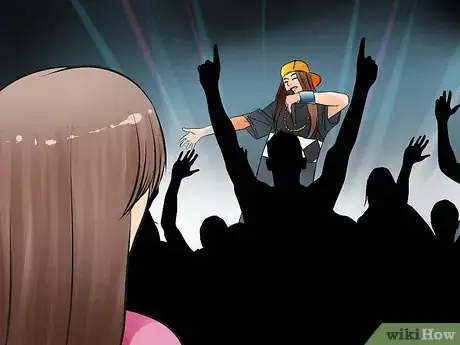

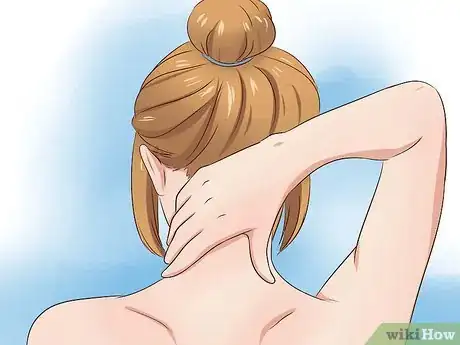
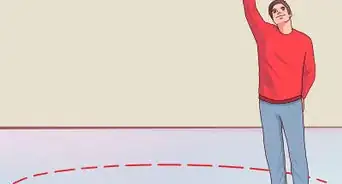


-Step-19-Version-2.webp)

